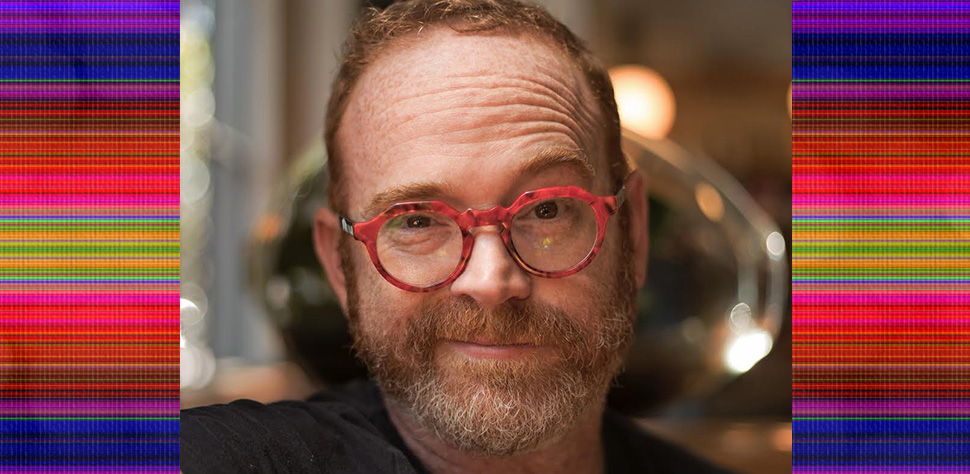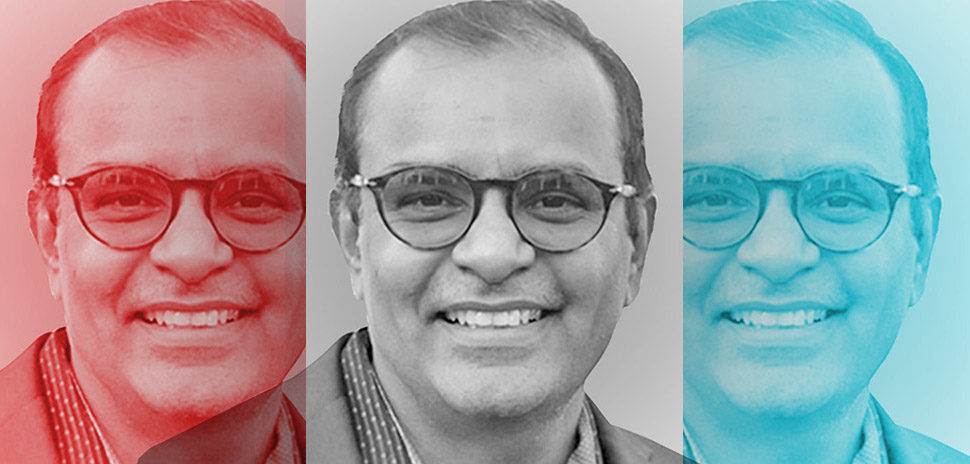![]() Artist and director Jeremy McKane travels the world documenting the health of the oceans for his interactive art installation, LUCiD.
Artist and director Jeremy McKane travels the world documenting the health of the oceans for his interactive art installation, LUCiD.
A talented underwater cinematographer and photographer, he vividly captures every ocean threat from plastic to overfishing, providing a visual appeal for action. LUCiD has been displayed in museums and public spaces around the world thanks to his collaboration with the Thyssen-Bornemisza Art Contemporary Foundation and The German Ministry. He most recently partnered with the German government on an installation of LUCiD that incorporates plastic shipping containers.
Yet LUCiD is only one of the projects the Dallas native — who graduated from Bryan Adams High School — is undertaking. Aside from Ridge to Reef, a TV show he produces for Virgin America, he attended January’s World Economic Forum in Davos, Switzerland where he launched The Ocean Fund, a groundbreaking new blockchain to measure the effectiveness of marine-protected areas.
People know our oceans are at risk, but it’s hard to understand the immense impact of our neglect and mistreatment when we’re miles away. How do you explain the gravity of our situation?
Visualize that 71 percent of the Earth’s surface is ocean, but only 4.4 percent of that is protected. If we really want to make an impact on the oceans, we need to protect 30 percent. Otherwise, we will run out of fish by 2048. (Not to mention that if it weren’t for the ocean, you and I wouldn’t be breathing and talking right now.) We’re the only humans ever to exist who can avoid our own extinction. We have to realize what will happen if we don’t take action now.
This explains your mission to protect 30 percent of our oceans within 30 years through The Ocean Fund, which you co-founded with blockchain guru Cody Marx Bailey. How does it work?
The concept is made of two separate tokens. This is the world’s first implementation of the Ethereum ERC721 for the oceans. Last year, everyone was excited about ERC20 tokens to create Initial Coin Offerings, but the ERC721 standard allows us to create a non-fungible token that can be used to plat large sections of ocean. The purpose is not only to protect the oceans in the form of a Marine Protected Areas, but to measure what happens inside of them to determine impact.
The ERC20 Token is the financial token that we hope will be adopted for commerce and ultimately fuel a new economy as we replace other revenue sources not sustainable for the oceans.
Data collectors could measure a number of factors such as wave heights, currents, ph levels, fish counts. So if we take all of that information and keep it in a raw data format, on the blockchain as a mutable source, everyone has access and can build on it. The ERC20 Token is the financial token that we hope will be adopted for commerce and ultimately fuel a new economy as we replace other revenue sources not sustainable for the oceans.
This data collecting, in turn, would be a fresh source of income for many communities?
Exactly. An issue a lot of sovereign nations have is that if they protect an area, there’s no longer fishing or revenue. We thought, ‘What if we can come up with a way to expedite commerce and create a system everyone could access all of the time and generate income for creating a marine-protected area?’ Ideally, these data collectors— people who might have had a lifestyle of fishing — are still told that they can’t fish as much due to where the waters are, but they can instead maintain data collection buoys. It’s introducing a new economy on top of the old one. The Ocean Coin is substantial, considering we are the only ones doing it.
What’s your implementation plan?
I recently had the chance to sit down with the president of Palau [a country of about 340 islands in the western Pacific Ocean]. They have protected 80 percent of their waters. But they also don’t have a currency, so we’re in talks with the government to work a deal so that they could use the Ocean Coin for their 21,000 population. It’s small, but it would give us an opportunity to see if it works and if we can introduce other ecological systems that will help protect the oceans.
The end goal is for the rest of the Pacific, if not every nation connected to a body of water, to adopt this. When we discuss climate change and rising ocean levels, the people of the Pacific have the most to lose, but they are the least capable of doing anything about it. If we can work together, we might be able to make something that makes an impact.
You’re also gathering some big industry players.
I’m set to host a summit with select people on Richard Branson’s home on Necker Island. I’m not pulling them together to sing ‘kumbaya.’ I want the guys who are the bad polluters. Many people might not agree on climate change, but we all agree that for a business to stay alive, it must make a profit.
The world has enough activists; we need more actionists.
The Ocean Summit is about bringing the brightest people together and doing something good for the planet while making a profit. Even if you cannot agree on climate change, we can all do the right thing for every person on this spaceship Earth. A year from now I’d like to look and see what we accomplished. The world has enough activists; we need more actionists.
READ MORE
How a Dallas Meeting Will Help Bring Renewable Energy to a Pacific Island Country
Dallas-based EARTHx, GridMarket, and the Republic of Palau are working together to bring more renewable power to the country.
Artist Makes 1st Mind-controlled Digital Video Art Installation
< Art/Code > Artist Spotlight | Jeremy McKane is an underwater fashion photographer who has traveled around the world to capture the movement and grace of fabric-draped forms under water. This is the second in a series of artist profiles.
The Disruptors: Pushing the Limits
They are the rebels of their industries, the aces of trades — some of North Texas’ most fearless entrepreneurs. They are 10 revolutionaries you need to know.
![]()
Get on the list.
Sign up to keep your eye on what’s new and next in Dallas-Fort Worth, every day.
































